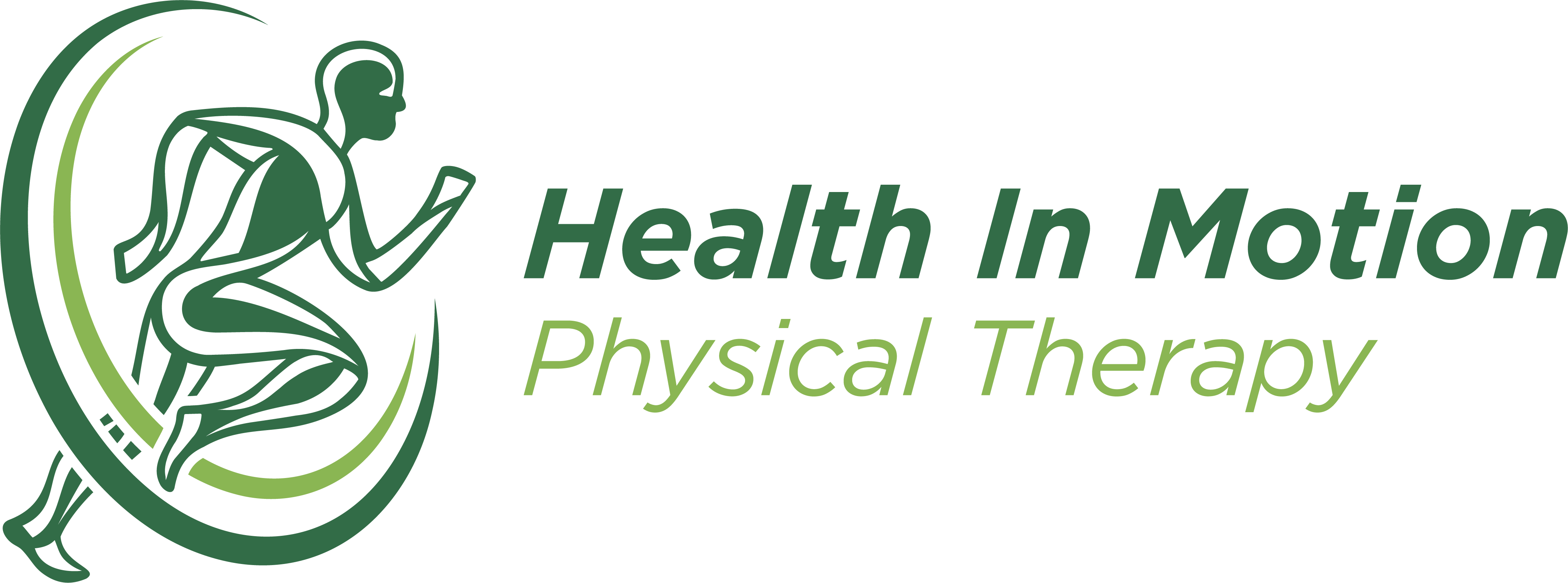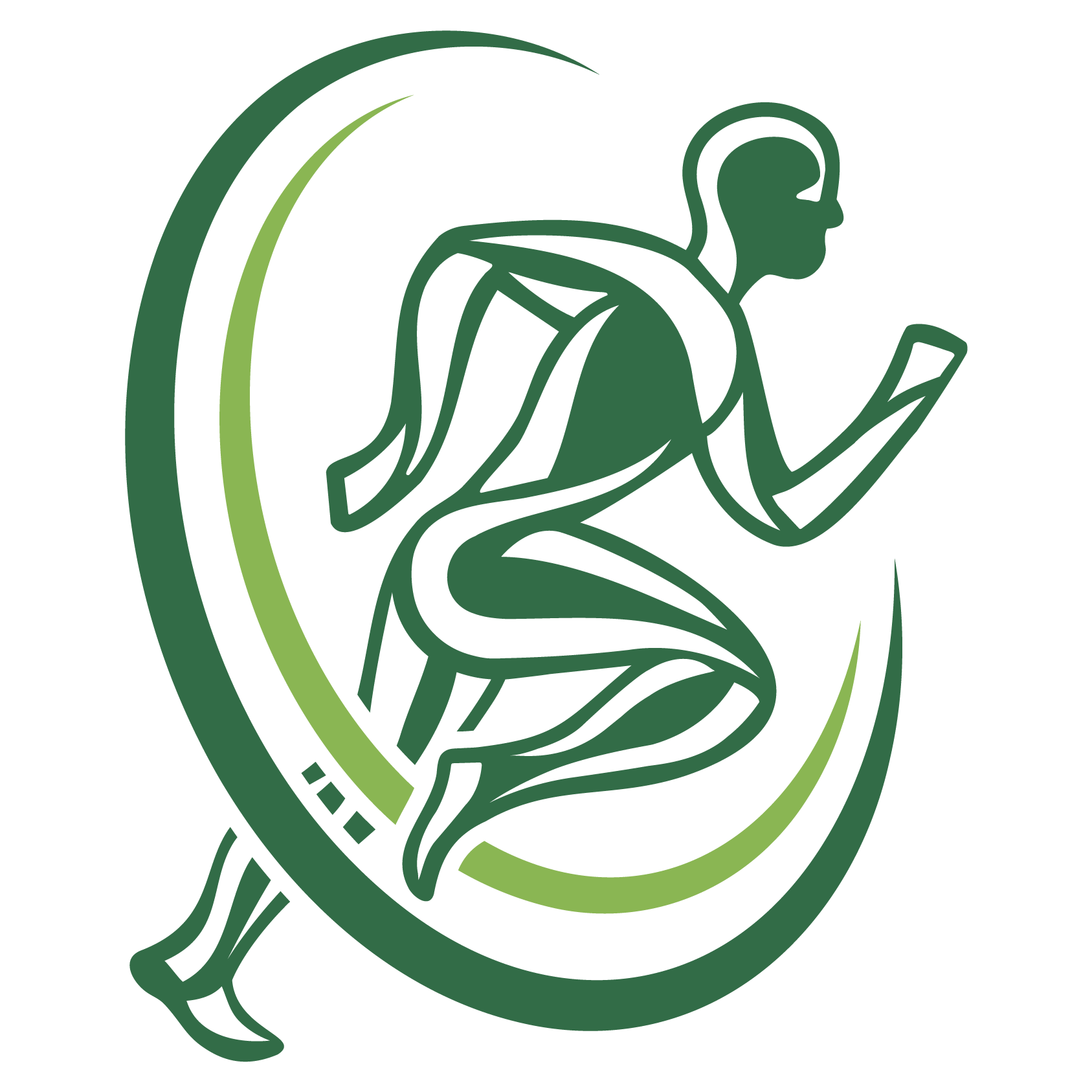ShoulderHealth In Motion offers multiple locations in Wisconsin, with an additional location in Western Pennsylvania.
Shoulder pain can arise from within the shoulder joints and surrounding muscles, ligaments and tendons. On occasion, it is caused by a problem within the shoulder that worsens when you move it. Shoulder pain that isn’t worsened by moving your shoulder is more likely to be something called “referred pain,” which is caused by diseases or conditions affecting structures in your chest or abdomen. If shoulder pain is accompanied by difficulty breathing or a sense of tightness in the chest, please seek immediate medical attention as it may be a symptom of heart attack.
Rotator Cuff
Your rotator cuff is made up of the muscles and tendons in your shoulder. These muscles and tendons connect your upper arm bone with your shoulder blade. They also help center the ball of your upper arm bone firmly in your shoulder socket. The combination results in the greatest range of motion of any joint in your body. Imaging changes in your rotator cuff are very normal, even in pain free shoulders! In one study, (Prevalence of symptomatic and asymptomatic rotator cuff tears in the general population: From mass-screening in one village – ScienceDirect), about 2/3 of all full thickness rotator cuff tears were without symptoms. In addition, more than 1/3 of all people in one group had rotator cuff tears. The good news is that despite a full thickness rotator cuff tear, many people recover without surgery and return to very good, functional use of their shoulder.
Frozen Shoulder
Frozen shoulder, also known as adhesive capsulitis, is a condition characterized by stiffness and pain in your shoulder joint. If your arm hurts while moving your neck, if you have shoulder pain which extends below the elbow, or you have numbness somewhere in your arm, you could have neck related arm pain. Your physical therapist will help you determine not only what area of your neck is likely involved, but specifically how to calm the nerves in your neck and arm as well as how to manage symptoms to promote fitness.
Information courtesy of the American Physical Therapy Association.


